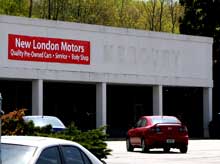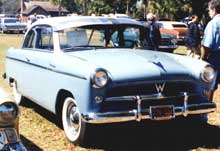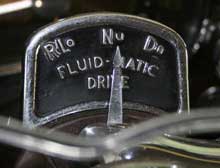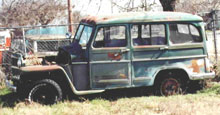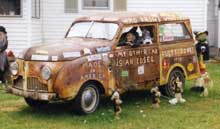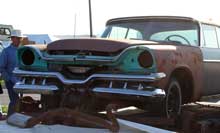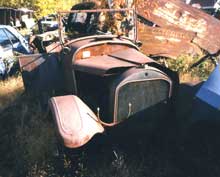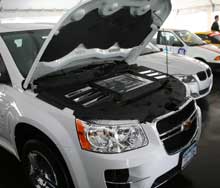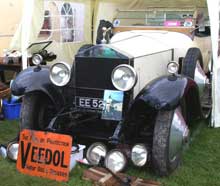The day after Thanksgiving is called “Black Friday.” Reportedly it’s the time when eager pre-Christmas shoppers put merchants’ businesses into the black, or a least they hope so. In any case, Black Friday has become like Punxsutawney Phil, a harbinger of things to come. Excellent sales on this one day are considered a portent for a good year.
Auto dealers are not the principal beneficiaries of holiday shopping. Cars are not exactly giftware, but dealers do watch the fortunes of their retail brethren. A sagging economy affects all merchants. Actually, car dealers were feeling the pinch long before the October stock market crumble and the GM cash crunch. I was taken aback this spring to find that New London Motors, our local Lincoln-Mercury-Mazda store, was no longer selling new cars. The franchises had been sold to Whaling City Ford, diagonally across the corner on “dealers’ row,” which now calls itself Whaling City Ford Lincoln Mercury Mazda. New London Motors, we’re told, is taking a franchise for Eurospeed scooters, their launch scheduled for spring. I wonder how many they’ll sell if gasoline is still below $2.00 per gallon, as it is now.
This is not the first big change for New London Motors. In the 1960s, they were selling Lincolns, Mercurys and Triumphs from a location that is now a medical office. Nor is the Lincoln-Mercury franchise the only one to change hands. What was once the Buick dealership has evolved into a Unitarian-Universalist church, and the present full-line GM dealer M.J. Sullivan (no relation to the former Buick dealer) also handles Hyundai. Not everything is cool at M.J. Sullivan, however. Rapid expansion a few years back left them with excess showroom space. Formerly leased to a discount furniture store, this building is now available for your retailing enterprise.
Reports say that the big box stores made modest gains over last year’s Black Friday sales. For car dealers, though, I expect it was a Blue Friday, with all hints of an approaching Blue, Blue Christmas.

